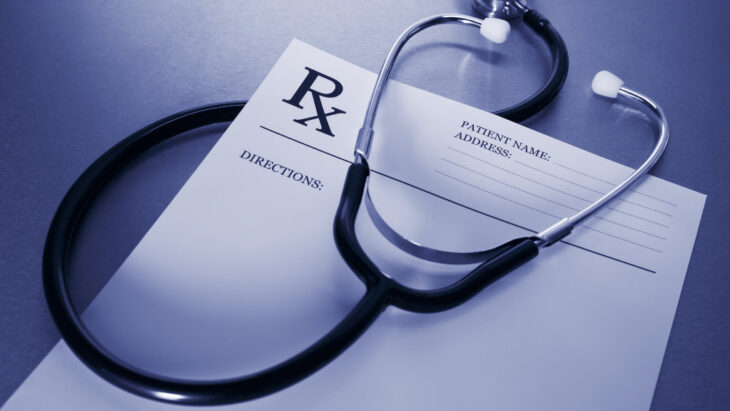Medications Used in Prescription Drug Detox

The two most common types of prescription drugs that people abuse are opioids and stimulants. Addiction can occur when this abuse leads to dependency. Prescription drug detox is the first step in the treatment of addiction.
Without the use of medications, detox can be extremely unpleasant. When you use medications to help alleviate the symptoms of detoxification and withdrawal, you can go through the process safely with a decreased risk of relapse.
Call now to find prescription drug detox centers!
Medications for Prescription Opiate Drug Detox
Opiate withdrawal can be difficult, dangerous, and even deadly if it isn’t carried out in a professional detox center by trained medical professionals.
Some doctors will use tapering as a form of detox, gradually reducing a client’s intake of the drug until they can go completely without it. Tapering is sometimes difficult because it requires self-restraint. When tapering does not work, doctors may use the following medications to support prescription drug detox.
Buprenorphine
Buprenorphine tricks the body into thinking there are opiates in the brain, which stops the withdrawal reactions.
Naloxone
Naloxone is used to cause withdrawal in those who are on or overdosing on opiates.
Suboxone
Suboxone is a combination of buprenorphine and naloxone. This medication keeps the body from going into withdrawal and prevents the sedation from opiates.
Methadone
Although not typical, some doctors will use methadone for patients who are addicted to opiates and are in chronic pain.
The type of drug a doctor uses to help with prescription opiate detox depends on the client’s personal situation. To find a treatment center that can help, call 800-996-6135 .
Naltrexone
Naltrexone blocks the effects of opioids. It is important to note that this drug should only be used when an addicted individual is already past the point of detoxification.
Naltrexone blocks opiates completely and is not a detoxification treatment.
Medications for Prescription Stimulant Detox
Although there are currently no specific drugs for prescription stimulant detox, most doctors will taper you off the original stimulant by slowly reducing the dosage.
Tapering is a very common practice for those who are on drugs that could lead to a chemical dependency or addiction.
Prescription stimulant addiction and detoxification are difficult to treat.
There are no medications currently approved for detoxing from prescription stimulant medications such as ADHD medications and amphetamines.
Medication for General Prescription Drug Detox
Medications are used across many detox programs for the following reasons:
- Treat the physical symptoms of detox and withdrawal
- Reduce cravings
- Reduce psychological symptoms
- Reestablish normal brain function
These medications can range from prescription to over-the-counter options depending on the symptom.
Some of the general medications used for prescription drug detox are:
- Anti-emetics to decrease vomiting
- Anti-nausea medications
- Anti-diarrheal medications
- Anti-anxiety medications such as benzodiazepines
- Anti-seizure medications to reduce the risk of convulsions
- Decongestants
- Blood pressure medications to reduce the risk of stroke
- Antibiotics, to prevent secondary infection from a weakened immune system
These are all part of most prescription drug detoxification programs. The exact medications that doctors use depend on the type of prescription drug detox you are going through.
To find a treatment center that uses medications for drug detox, call 800-996-6135 today.

